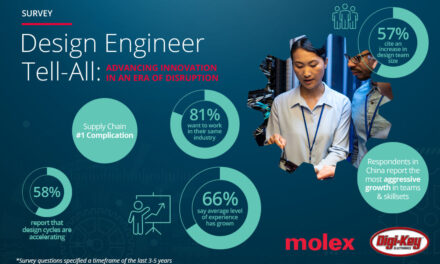With regards to robots in a working environment, many consider automation as an awesome option to have. Being that automation is expensive, the notion is that it is only meant for the biggest industries.
Automation in robotic machine tending is very crucial, because it improves various aspects such as speed and efficiency in loading or unloading of parts. Typically it involves a computer numerical control (CNC) machine. The robotic system has to establish communication with the CNC machine in one form or the other.
Contrasting tasks thus have to be executed in a single application by the robotics system. Automation is slowly becoming a must have in either big or small industries, and machine tending is the ideal point of introduction. This review will focus on the reasons automation is needed by industries in machine tending.
Reasons why businesses crave automation in their machine tending processes
Robots do not tire
Robots do not get tired, fatigued from low energy or get drawn away by distractions. Robots are also not prone to mistakes. This means once automation is factored in and the robot is programmed, it will execute so many tasks from moving a part from one machine to the next or putting in a magazine for uninterrupted machining.
Robots execute their tasks without hesitation when automated. As a result, the tended components are of high and consistent quality, reducing loss or wastage of key materials due to machine malfunctions.
Robots will function for as long as expected, manned or unmanned
All major manufacturers need a system whereby even after the last employee has clocked out, all robots including machine tending ones do not stop but rather continue working as according to their programming.
Being that automation technology is very reliable, manufacturers who invest in automated machine tending robots will be able to achieve unmanned operation which will in turn boost production.
Robots can function in environments unbearable to humans
Machine processes are often located in aggressive and vicious working environments. If humans are exposed to these conditions, it could lead to unwanted health complications. Days lost to injury or health issues are expensive for manufacturers.
Modern robots are capable of working in the harshest of conditions including extreme temperatures, dust or hazardous debris. They are also flexible and strong meaning a robot can be adapted to any machine tending application desired.
Robots are very flexible
Implying that robots are flexible is an understatement because actually they can work with more than one part. Though a robot is limited from tending to more than one machine at a go, their ability to work with more parts is nothing short of exemplary.
Due to the accommodation of more parts, extra features such as vision capability ascertain that a robot can identify a part before it is loaded in and either alter its location, gripping or function accordingly.
Ability to achieve return on investment shortly
Manufacturers stay away from robots due to the high cost associated with acquiring them. Robots can achieve a return on investment for high volume, low cycle time processes. In some cases this can be achieved in less than two years.
This achievement is because robots can improve effectiveness, efficiency, speed and operate autonomously. This is also a demonstration on improvement potential that automation presents to the manufacturing process.
Plug and play solution
The best robots are easy to use and require little knowledge and expertise to use. It is key that machines in production process are of the same brand to negate compatibility issues. This makes these robots the best for machine tending solutions.
Automation of easy to use machine tending robots, will make them even more effective. This is because if they are online they can be configured remotely and be effective as though they were configured hands on.
Conclusion
To sum it all up, machine tending as a process is greatly enhanced by automation but this is also dependent on robot inherent functions as discussed above.



